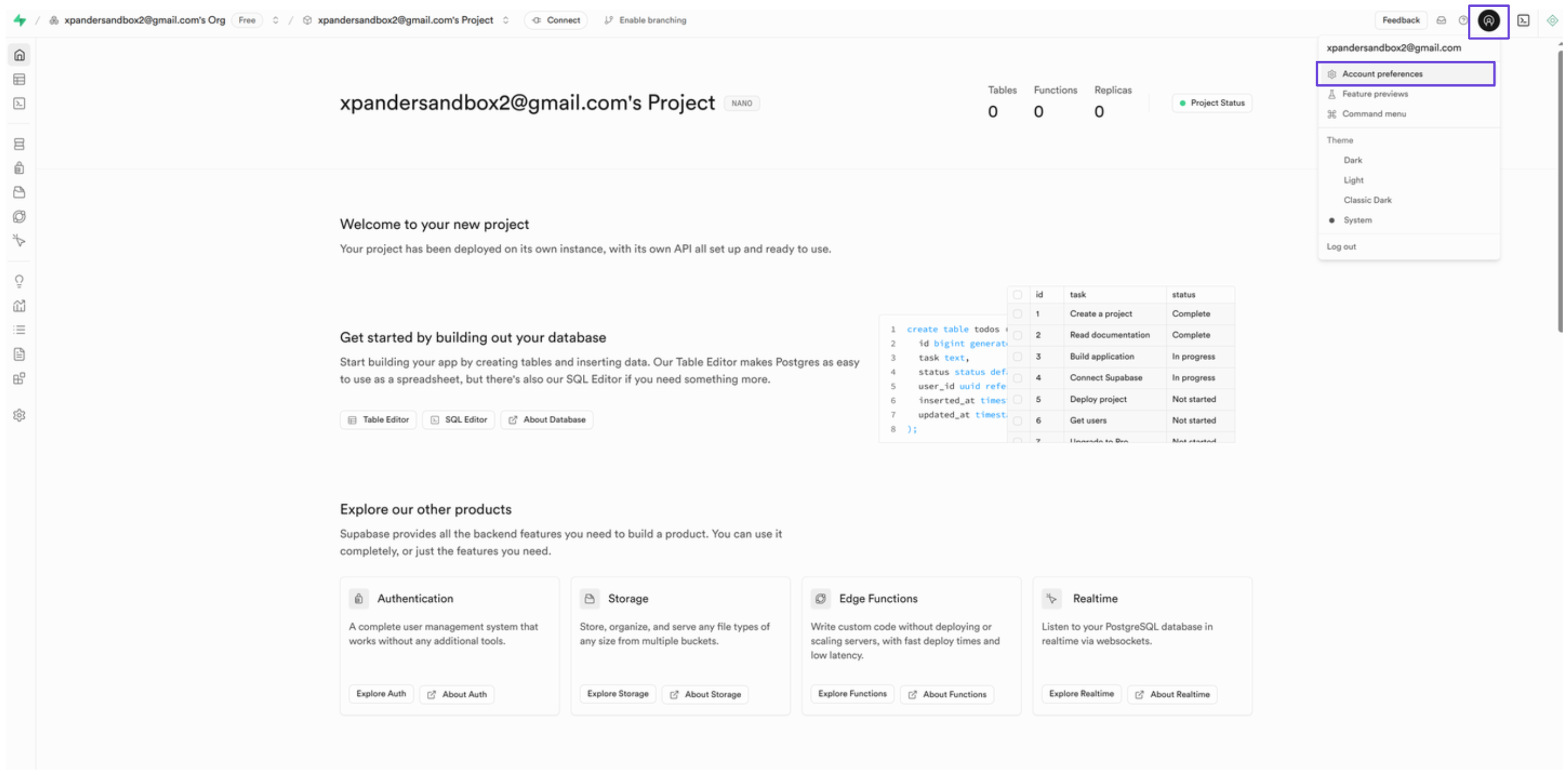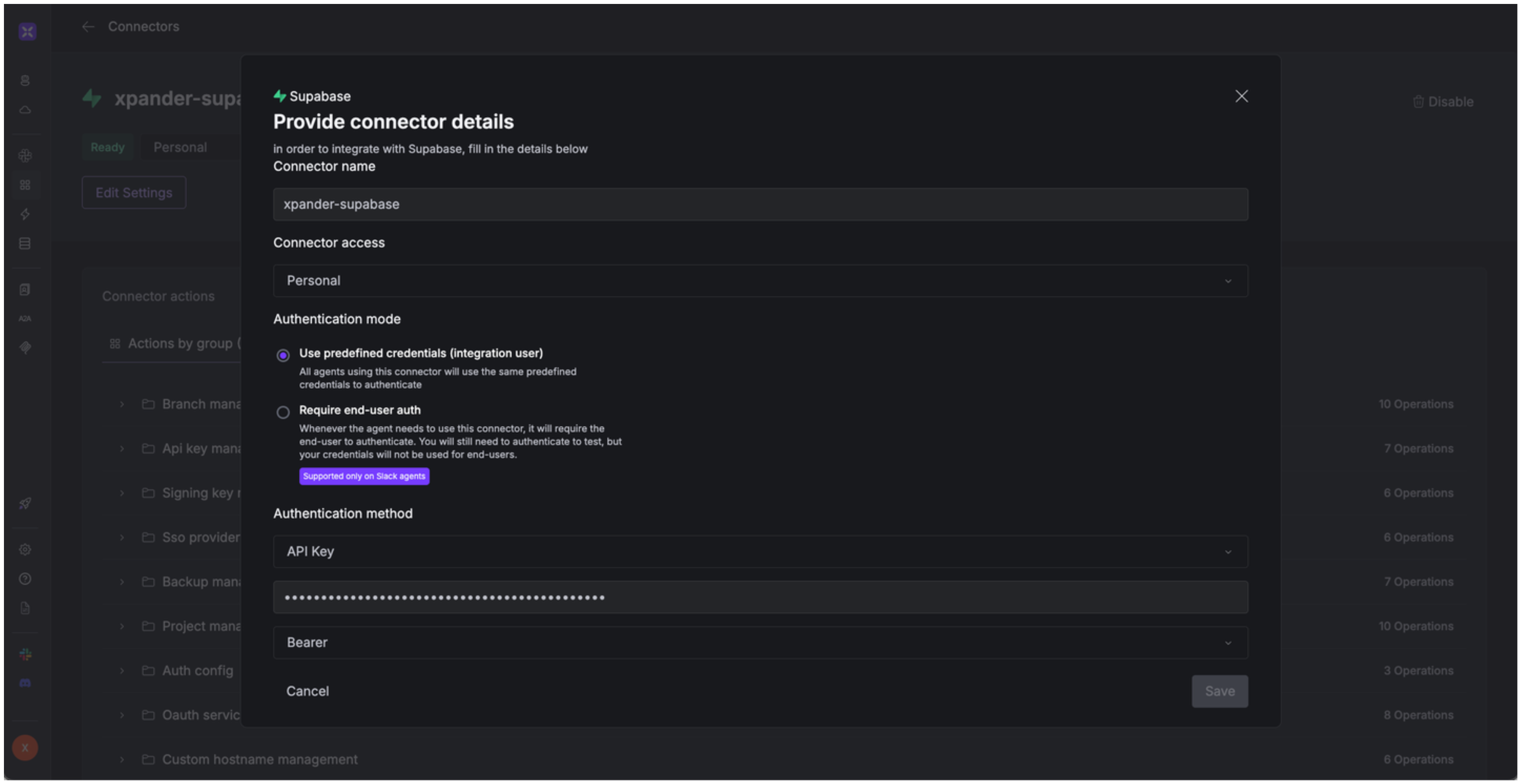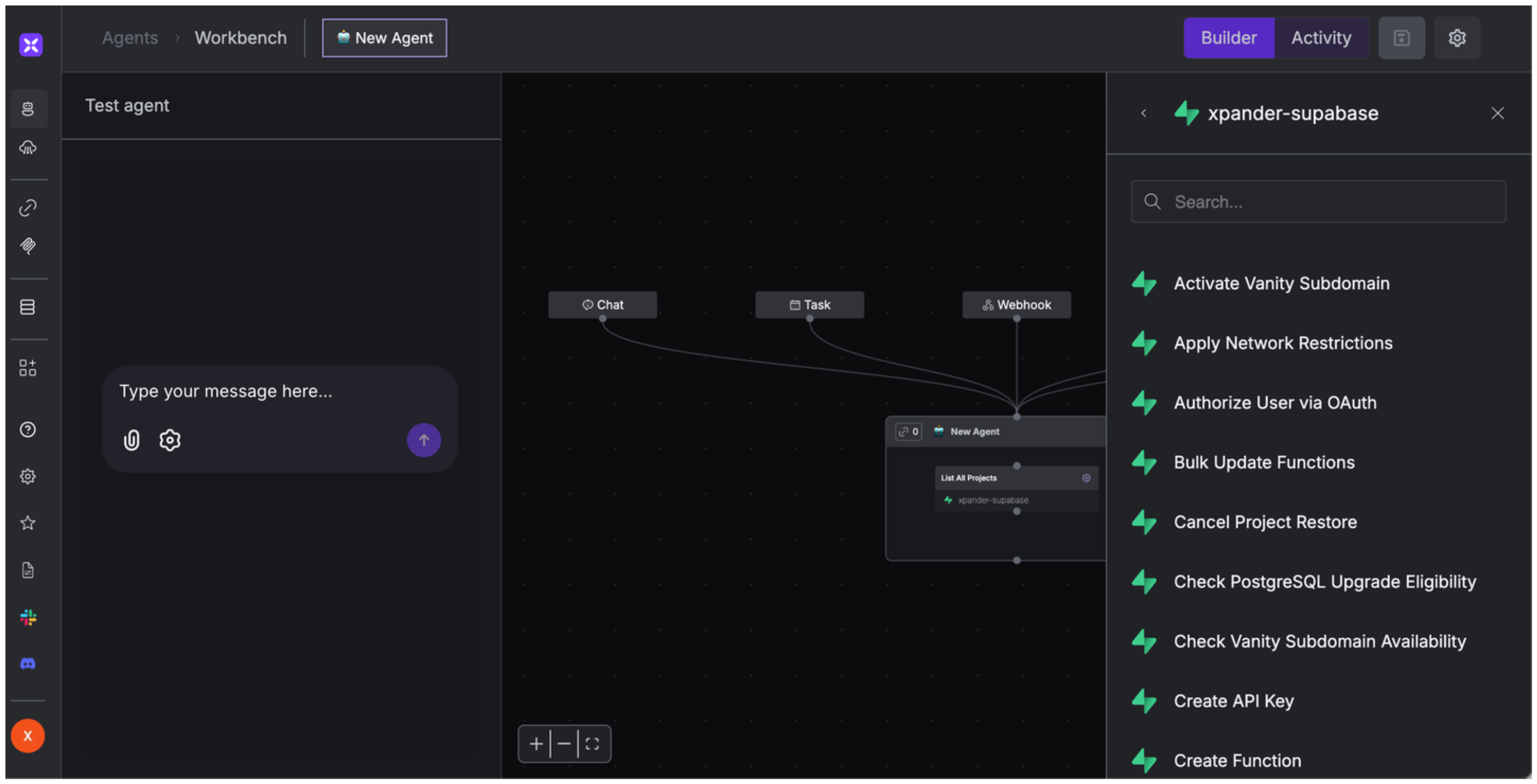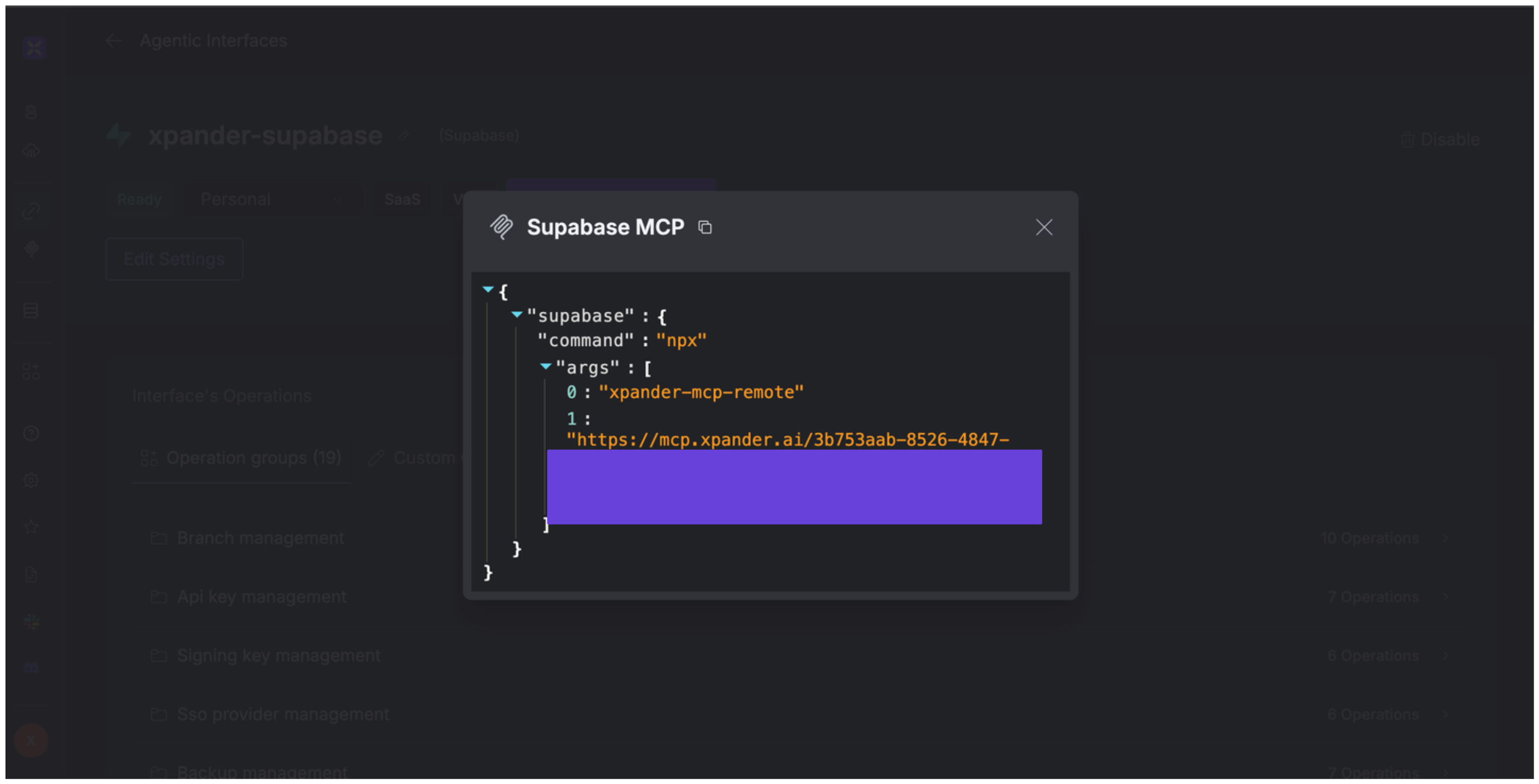About Supabase
Supabase is an open-source Backend-as-a-Service (BaaS) platform designed to simplify and accelerate application development by providing a suite of backend tools and services. Key features include:- PostgreSQL Database: Supabase provides a full PostgreSQL database with real-time capabilities, allowing developers to leverage SQL’s robustness and familiarity .
- Authentication & Authorization: Built-in user management with support for various authentication methods, including email, password, and third-party providers.
- Instant APIs: Automatically generated RESTful and GraphQL APIs based on your database schema, facilitating rapid development.
- Edge Functions: Serverless functions that run close to the user, enabling low-latency operations and custom backend logic.
- Realtime Subscriptions: Listen to database changes in real-time, enabling dynamic and responsive applications.
- Storage: Manage and serve large files, such as images and videos, with built-in storage solutions.
- Vector Embeddings: Support for AI and machine learning workloads through vector embeddings, useful for applications like semantic search.
Authentication Options
Below are possible authentication options you can choose:- API Access
Generate a Supabase API Key
- Log in to your Supabase account.
-
Click your profile icon at the top right of the dashboard, then select Account preferences.

-
In the sidebar, click Access tokens, then click Generate new token.

- Give the token a name and click Generate token.
- Your access token will be shown—copy it somewhere safe.
Integrate Supabase into xpander.ai
- Go to the Connectors section in the sidebar of your xpander.ai dashboard.
- Select Supabase from the available integrations.
- Click Enable.
- Enter a connector name, e.g., “xpander-supabase”.
- Choose Integration User as the authentication mode.
- Select API Key as the authentication method.
- Paste the Supabase access token into the provided field.
- Set the Auth Type to Bearer.
-
Save the configuration.

Integration of Supabase into AI Agent
Once you’ve configured your Supabase account with the authentication option(s) described above, you can integrate it into your AI agent with xpander.ai:- In your xpander.ai dashboard, go to the Agent Configuration tab and select Tools, then click Add Tools.
- Select Connectors.
- Choose Supabase with the same connector name you configured in the previous section (e.g., xpander-supabase).
- Select the available Supabase operations that suit your use case.

Expose Supabase as MCP Server
Alternatively, you can also expose your Supabase account as an MCP server. To do so:- Go to the Connectors section in the sidebar of your xpander.ai dashboard.
- Select Supabase with the same connector name you configured in the previous section (e.g., xpander-supabase).
- Click MCP Configuration.
- Enter the MCP configuration into the appropriate settings of the client app you want to use (e.g., Cursor, Windsurf, Claude Desktop, etc.).


